I picked up a 3 pack of Lomo Earl Grey on Black Friday of last year while my local film store was running a promotion for about 20$, making it at the time the cheapest film I could get my hands on as not much was actually left in stock in local stores.
I had just gotten back my Kodak Tri-X 400 negatives from the lab which I had pushed 2 stops (shot at 1600) delivering exceptional results so I thought I would do the same for this film. I loaded the first roll into my newly purchased Nikon FE and set the ISO to 400, perhaps pushing the first film you load in a new camera isn’t a very good idea because you are looking to isolate any potential problems with the light meter or perhaps see if that small dirt advertised by the seller as “does not affect pictures” is in fact as he claims, but the Nikon I received looked in immaculate condition so I put my trust in it.
I headed to the bustling market of “Shuk Ha-Carmel” in Tel Aviv the next Friday hoping to capture some good scenes of life and people on the first day of the weekend when the market is at its liveliest.
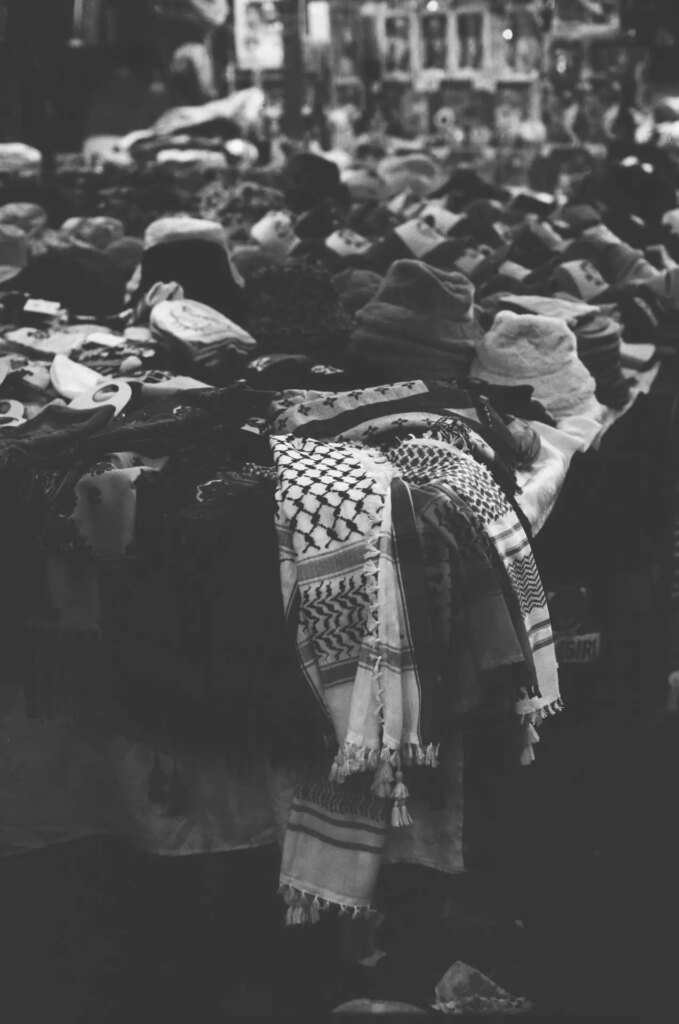
Looking back at the scans of the negatives from that day, I can tell that the results were not exactly as I had expected. While the dynamic range of Kodak’s Tri-X 400 is wide and forgiving, Lomo’s Earl Grey was limited, and the latitude of its exposure especially in the shadows did not handle the dark challenging alleyways of the market. With that being said, the added contrast and grain did elevate several photos and deliver a result close to what I was aiming for. For example, in this portrait of a hand sculptor I met at the market, the added grain and contrast accentuate the years and fatigue spent in learning his craft.
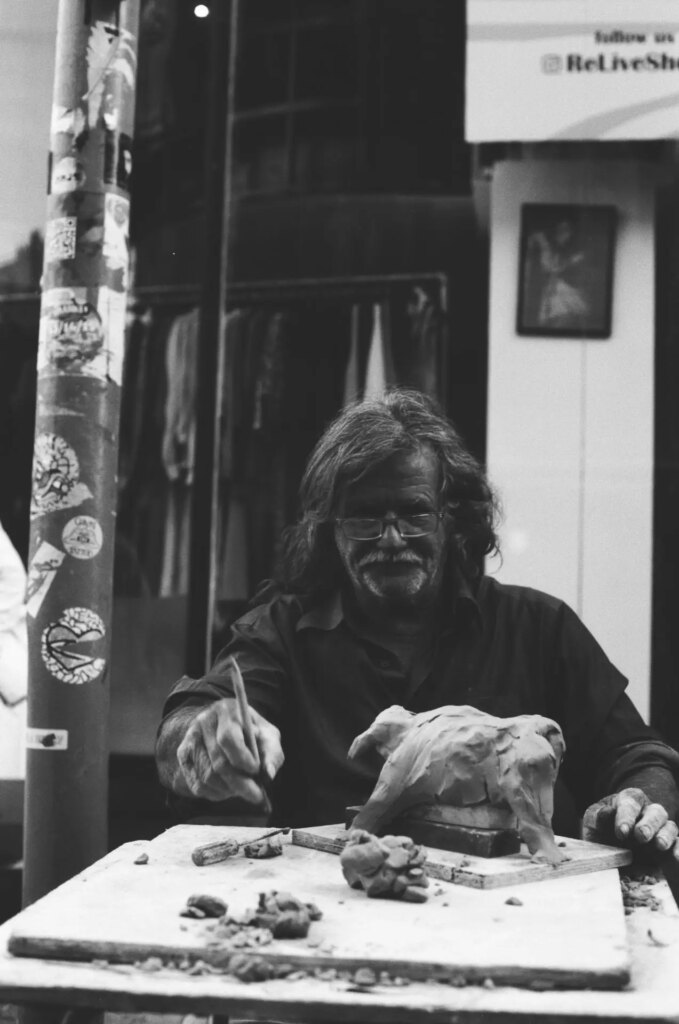
I picked up the second roll of Earl Grey last month after picking up a 28mm f2.8 Nikkor lens. This time having learnt from my mistakes I decided to rate it at box speed. To no surprise, I was pleased with the results. In fact, out of the 36 exposure roll the Nikon FE which shoots the 0 and 00 frames delivered 38 perfectly exposed negatives.
The grain was fine, the tones were there and the 100 ISO speed meant I could shoot outside on bright days even with my 50mm f1.4 wide open.
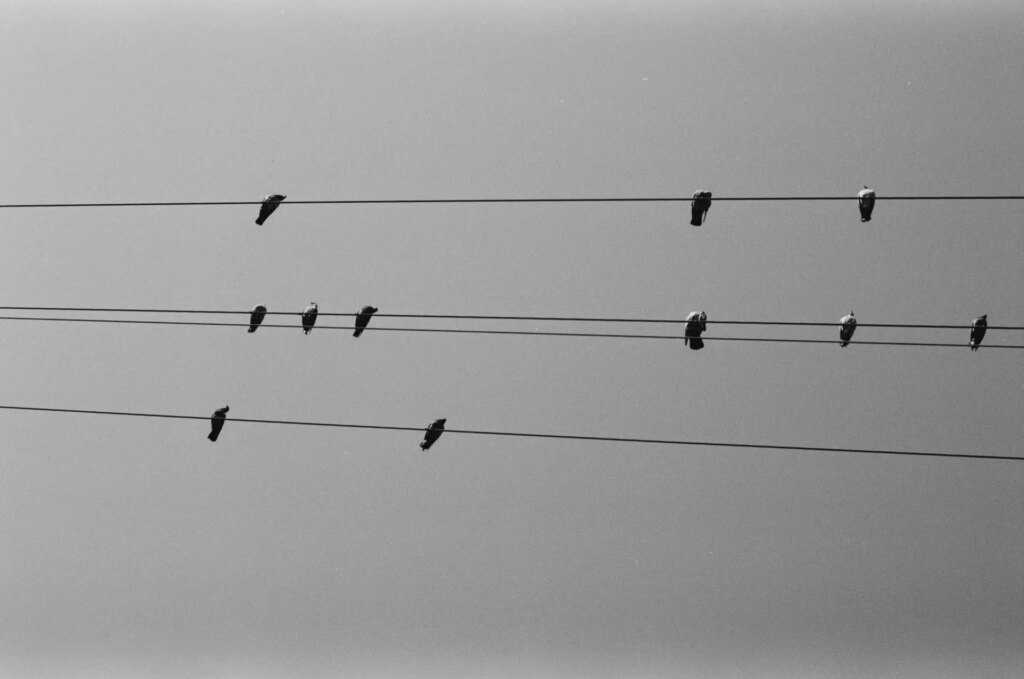
Looking at frame #4 for example, the details in the shadows are visible and overall this film appears to love sunlight. In frame #5, the contrast between the deep brown soil and the bright white plastic covers is wide and present, and overall I am happy with the tonal range.
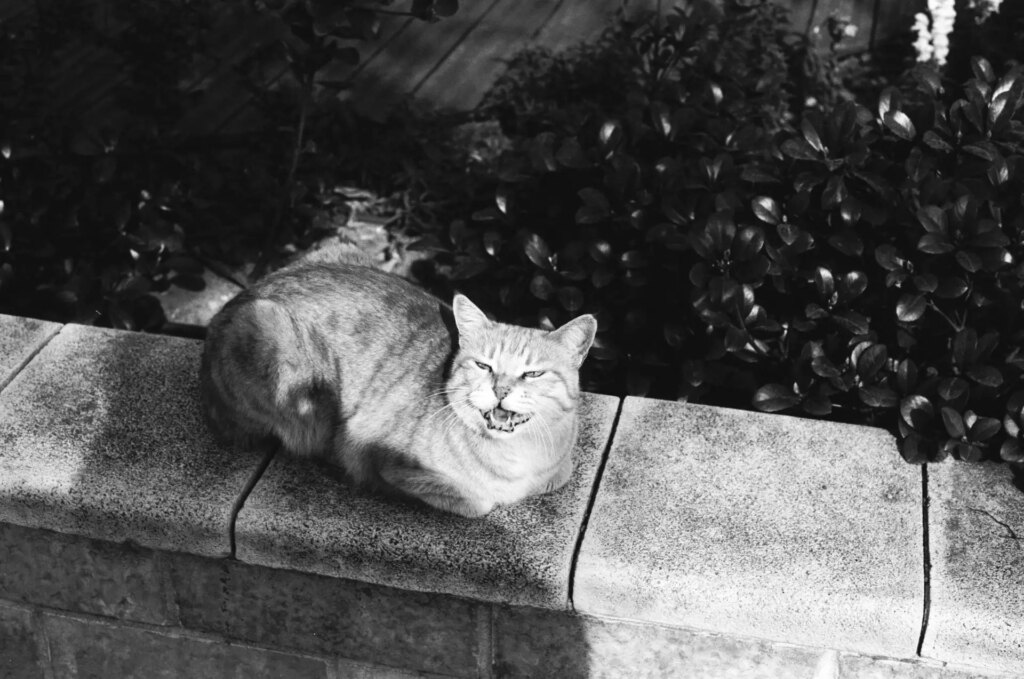
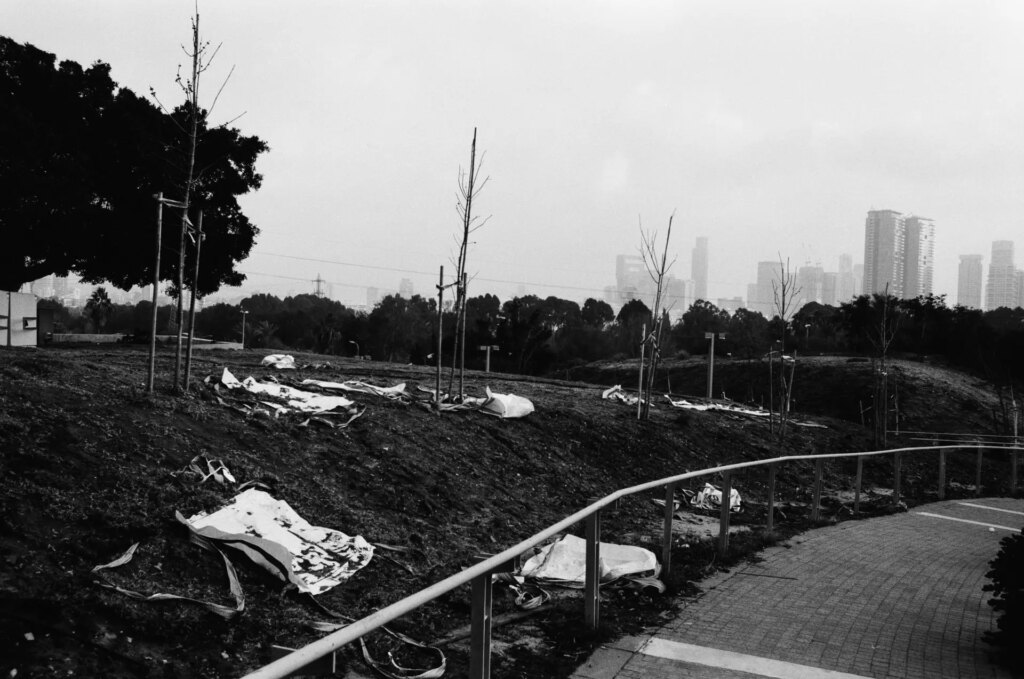
To summarize, I think this film has great potential when used correctly, I am definitely excited to shoot the 3rd roll of it which is currently sitting in my fridge. In a world where film prices are constantly increasing and not many black and white films are still available in 3 packs, Lomo Earl Grey is a serious contender and should not be taken lightly.
Thank you for taking the time to read!
Share this post:
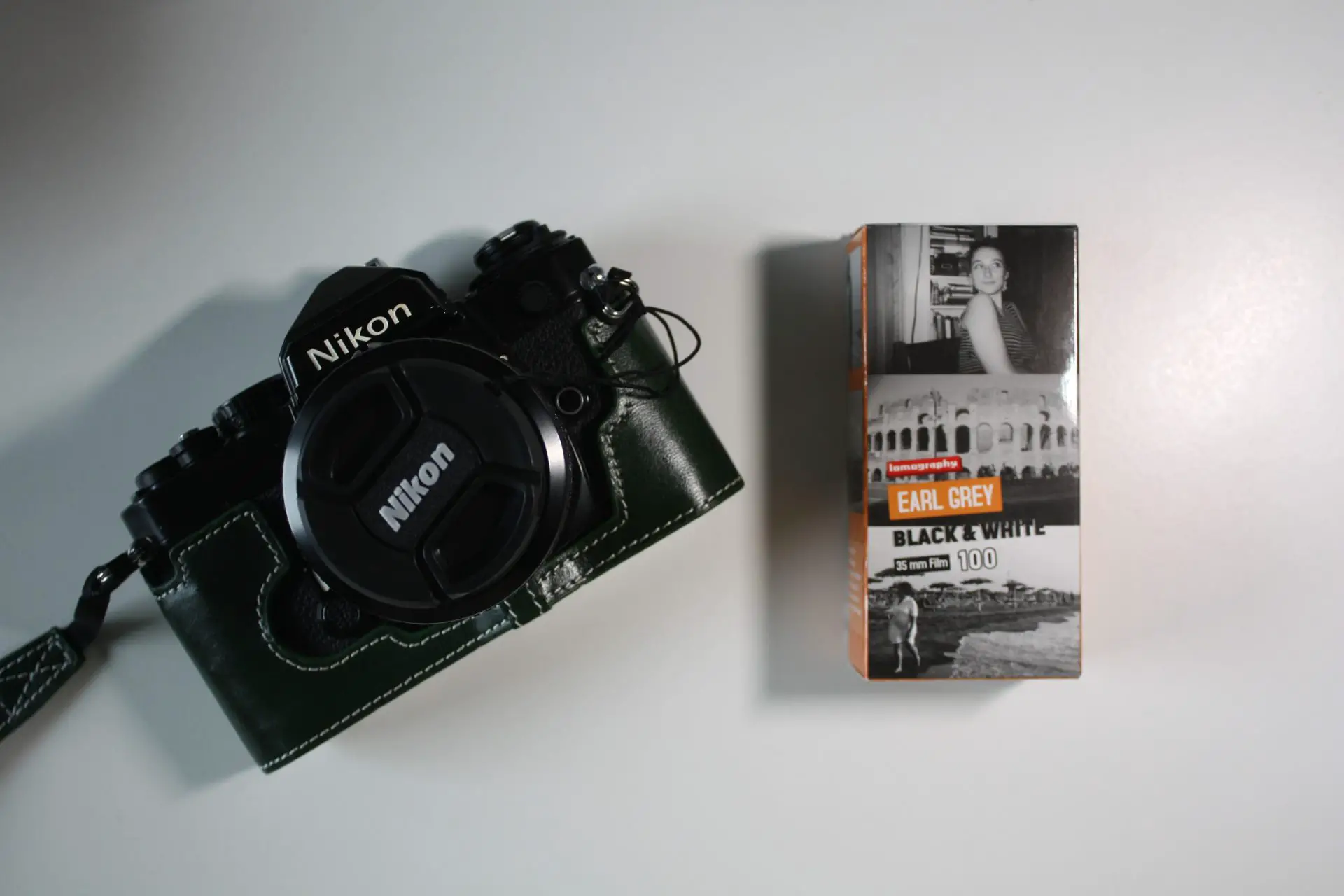








Comments
Castelli Daniel on 5 frames with the Lomo Earl Grey 100 and the Nikon FE
Comment posted: 27/04/2023
I like the range of photos you selected for this posting. You really put the film & the FE through its paces. I’m always drawn to photos with inky blacks and limited mid-tone range.
You could easily shoot the 50mm wide-open with ISO 100 film for interiors.
Your pics illustrate a part of the world rarely seen as just being normal. Here in the US, we only see news from the ‘Middle East’ when it involves violence. Thanks for showing a different perspective. That is the power of photography!
Comment posted: 27/04/2023
eric on 5 frames with the Lomo Earl Grey 100 and the Nikon FE
Comment posted: 27/04/2023
Comment posted: 27/04/2023
Kai on 5 frames with the Lomo Earl Grey 100 and the Nikon FE
Comment posted: 28/04/2023
Comment posted: 28/04/2023